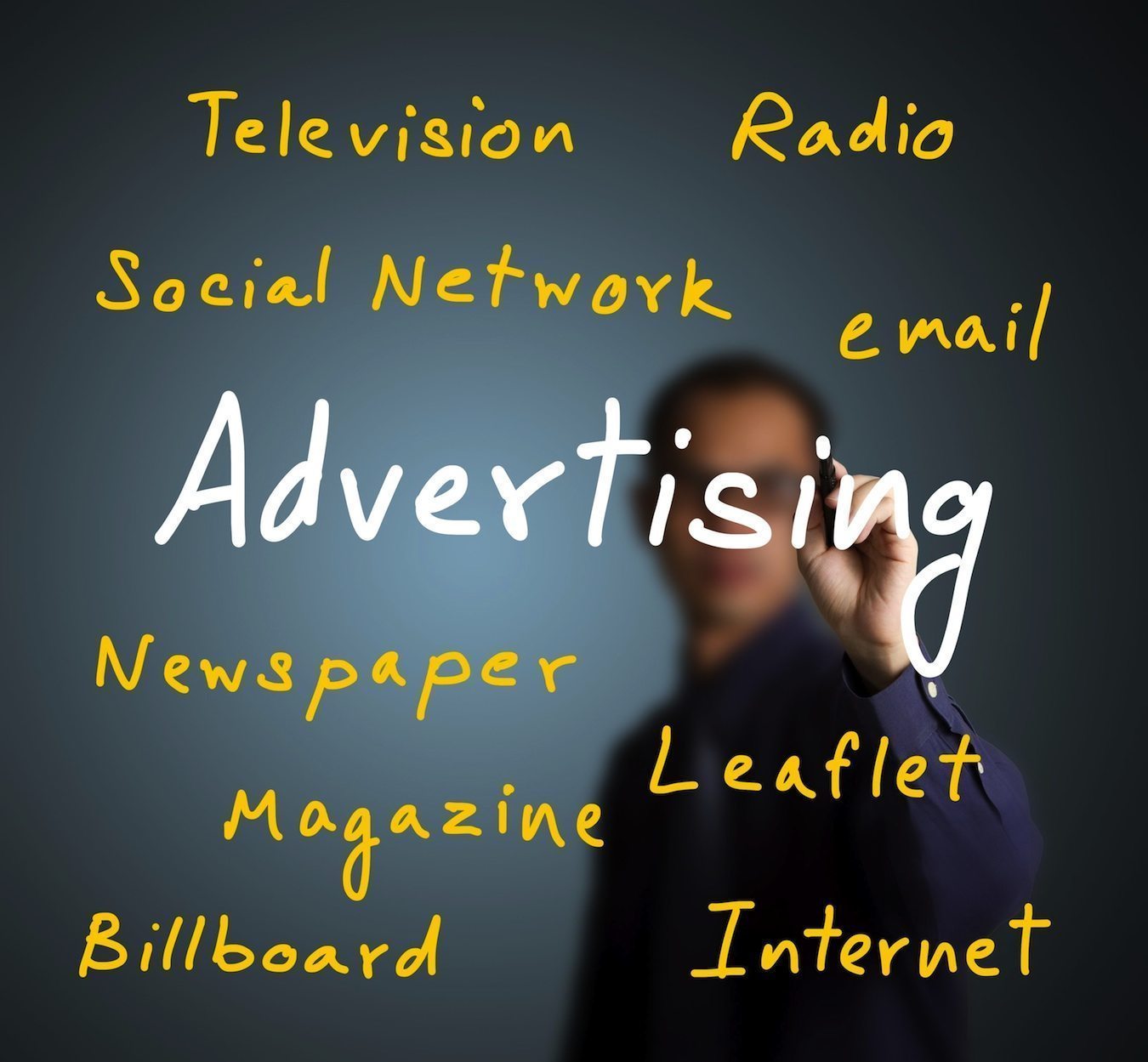Direct Mail Brochures: What good are they?
 This may be counter intuitive for many of you. But bear with me. I think it might make sense in a minute or two.
This may be counter intuitive for many of you. But bear with me. I think it might make sense in a minute or two.
So you’re planning a direct mail campaign and you’ve decided to use a letter package – and now it’s time to spec out the package. You have the three essentials components – the outer envelope, the letter and the reply card. Essentials? What about the direct mail brochure?
Isn’t the brochure an essential part of your direct mail package? In fact, isn’t it the most important part of the package?
I know what you’re thinking. You have a story to tell and the brochure seems like the best the place to tell that story. You want to use photos, graphs, charts and some really strong design to get your message, impress your prospects and build your brand.
Isn’t that what the brochure will do?
Yes –and sometimes the brochure is important and necessary. But not always.
Here’s why…
Understand first that the individual components in a direct mail package should each play a very specific role in the communications process.
Let’s go through it:
- the envelope is responsible for carrying the message and getting the reader to open it.
- the letter is responsible for delivering the message and persuading the reader to respond.
- the reply device (either a card or a reply form with envelope) is responsible for delivering the response.
- the direct mail brochure is responsible to providing support to the message – either by providing added explanation, illustration or credibility.
Notice I said the brochure’s role is to provide support to the message. It doesn’t deliver the message. The letter does that.
To use an outdated analogy, the letter is the sales person; the brochure is the flip chart.
The flip chart doesn’t sell. It merely supports.
In some situations, that flip chart is needed. If the goal of your direct mail package is to close a sale or solicit a donation, you will probably need that added support to persuade the reader to take that level of action. Asking people to part with their money is a heavy lift that calls for extra persuasion.
But what if the goal is to generate a lead?
What if all you want the reader to do is show an interest in what you’re selling? No commitment. No money. Just show us you’re interested. Raise your hand.
In most lead generation campaigns, the message is really that simple. You have a free white paper, how-to guide, special report or ebook, and you want people to request it.
Do you really need a brochure to convince people to respond?
Of course not.
Okay, so a brochure is not always needed. What harm could it do?
To be sure, if you include a brochure in your direct mail package, you will be giving your readers a more complete picture of who you are and what you do.
On one level, that is a very good thing. The more your prospects know about your products and services, the better off you’ll be.
But if the primary goal of this one direct mail campaign is to generate an immediate response – a sales lead – you might actually depress response by providing too much information.
How so?
If your goal to get your target audience to respond to your offer, why distract them with anything that doesn’t contribute to that goal? Why give them more to read, more to think about? The longer they delay, the more likely they will move on to something else.
Then does a direct mail brochure make sense in any type of lead generation program?
Yes, it does. I can think of two occasions when I would seriously consider a brochure for lead generation.
One is when the offer requires more of a commitment than a simple download request. If you’re trying to get prospects to agree to a free consultation or strategy session or even a seminar, you might use a brochure to provide the necessary detail or to build your credibility as an authority.
The other situation is when you are concerned that your target audience may be skeptical about your business or your industry. A brochure featuring testimonials, endorsements and other credibility enhancers could help overcome that skepticism.
Test it for yourself.
If you’re not sure – or you’re not convinced – you can test it very easily.
Create a letter package with an outer envelope, letter and reply device. Add a brochure to half the packages. Code the reply device so you know which ones included the brochure.
Then count the responses and see how they compare.
This article was originally posted on McCarthyandKing.com, March 18, 2015.






